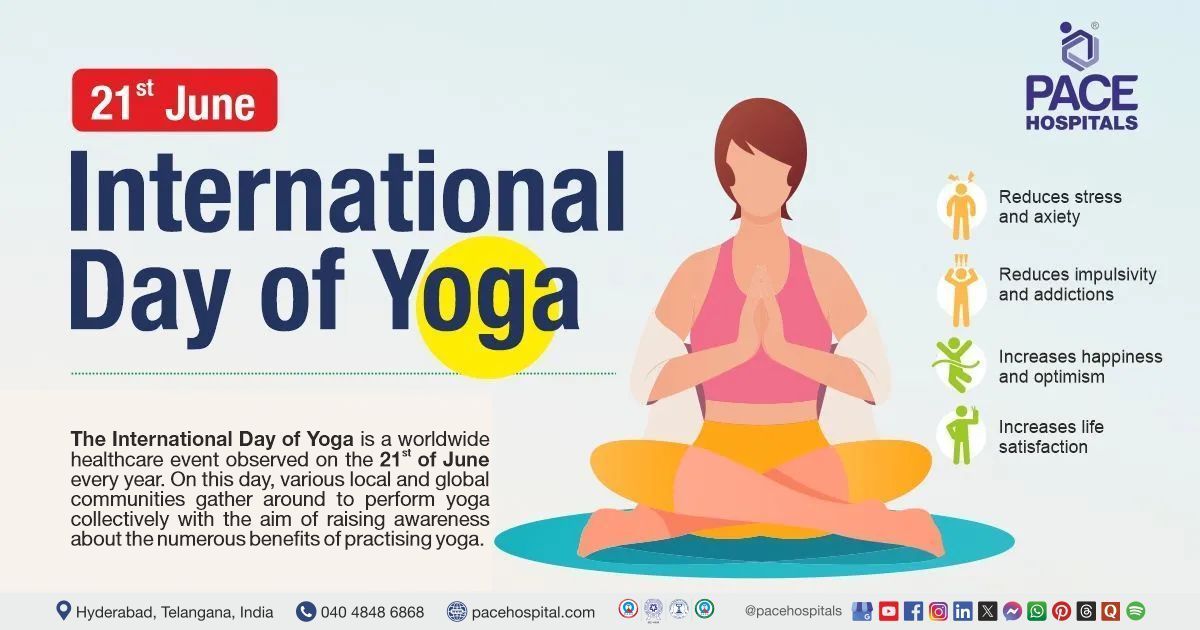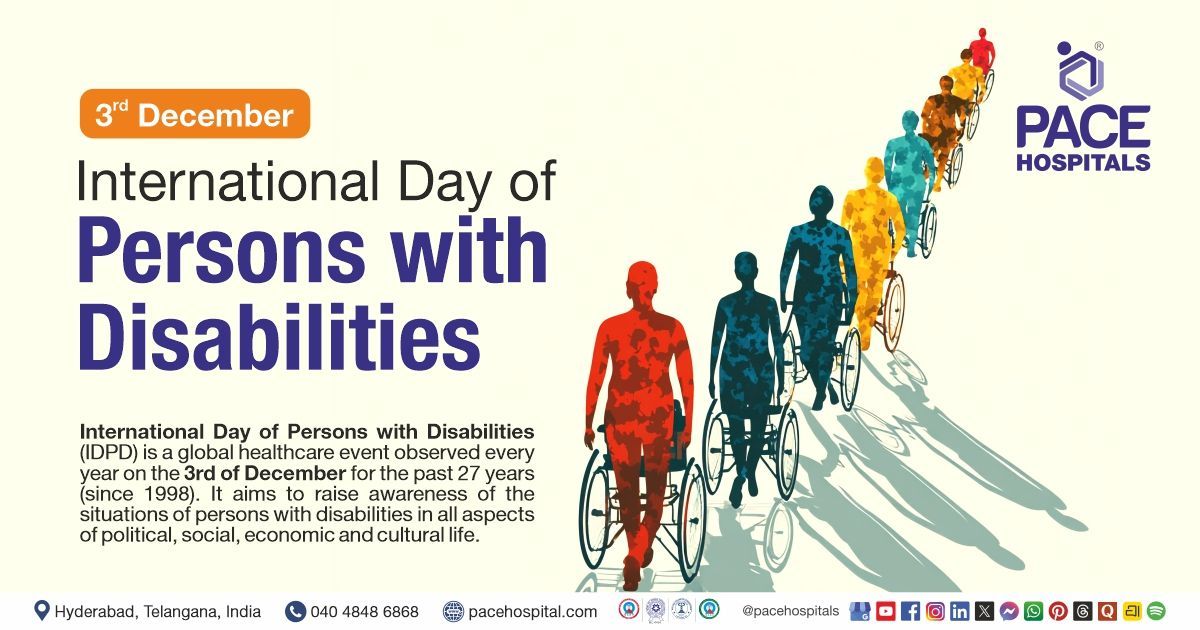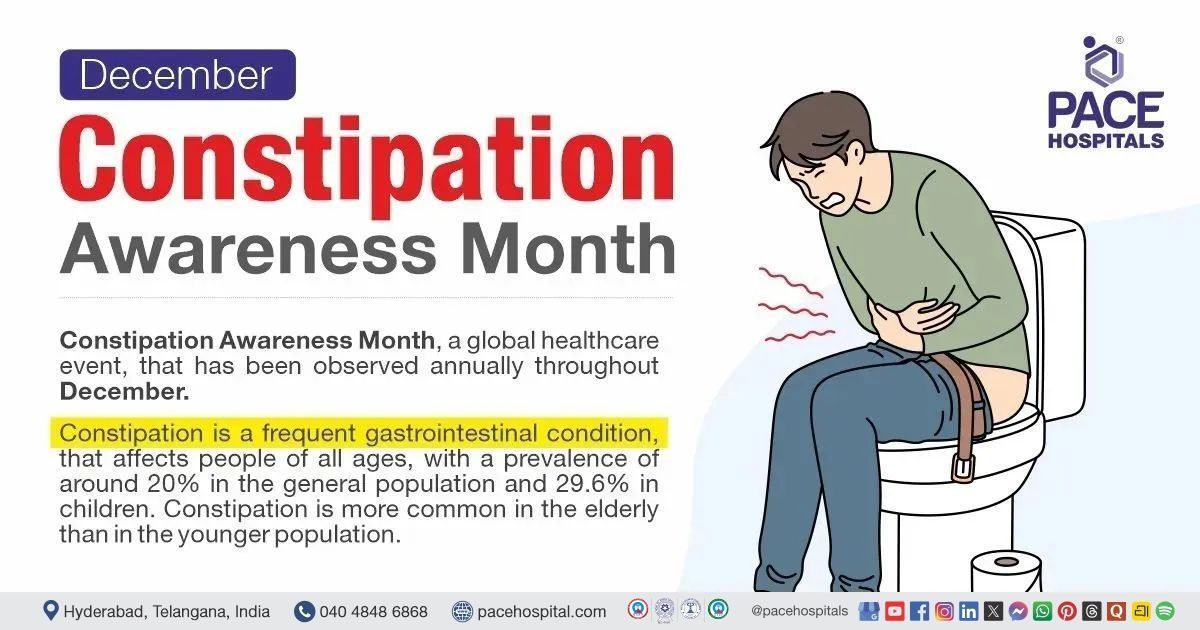International Day of Yoga, 21 June 2025 - Theme & Importance
PACE Hospitals
The International Day of Yoga is a worldwide healthcare event observed on the 21st of June every year. During this day, various local and global communities gather around to perform yoga collectively with the aim of raising awareness about the numerous benefits of practising yoga.
Yoga is an ancient mind-body relaxation therapy which originated in India. Various studies have examined the effects of yoga on psychosocial variables such as depression, fatigue, and health-related quality of life. Since yoga training also focuses on body postures, it is believed that it also has positive effects on various physical variables; evidence suggests that yoga may have positive effects on muscle strength and flexibility, lung capacity, bladder function, balance, and some spatio-temporal gait variables.
Yoga in Breaking Boundaries
Although practised by religious ascetics, the references to Yoga can be found in ancient Hindu script dating 2,500 years ago; the mass participation of yoga by Indians, nevertheless, is a recent activity, originating in the 20th century.
Swami Vivekananda introduced yoga to the West, who had been to the Parliament of Religions in Chicago to talk about India and Hinduism in 1894. His book Raja Yoga attracted Western audiences towards yoga. More Indian gurus and disciples would go to the West in the next decades.
Recognising the widely acclaimed advantages and growing popularity of Yoga around the world, the 14th Prime Minister of India, Mr Narendra Modi, proposed an International Day of Yoga in the United Nations (UN) in September 2014 and after three months, UN recognised the 21st of June as the International Day of Yoga.
International Yoga Day is observed on the 21st of June, as it is the longest day of the year in the Northern Hemisphere, apart from holding significance in other regions of the world.

International Day of Yoga 2025 Theme
This year 2025, the International Day of Yoga theme is "Yoga for One Earth, One Health”. This theme highlights the connection between individual well-being and planetary health,emphasising the important role yoga plays in encouraging environmental harmony, sustainability, and holistic health. The theme emphasises yoga's benefits for both individuals and the community and is consistent with India's vision of "One Earth, One Family, One Future," which was highlighted during its G20 presidency.
Year by year, the themes for International Day of Yoga are:
- International Day of Yoga 2024 Theme: Yoga for Women Empowerment
- International Day of Yoga 2023 Theme: Yoga for Vasudhaiva Kutumbakam
- International Day of Yoga 2022 Theme: Yoga for Humanity
- International Day of Yoga 2021 Theme: Yoga for Wellness
- International Day of Yoga 2020 Theme: Yoga for Health - Yoga at Home
- International Day of Yoga 2019 Theme: Climate Action
- International Day of Yoga 2018 Theme: Yoga for Peace
Ashtanga Yoga (The Eight Limbs of Yoga)
The yoga sutras of Patanjali describe the eight limbs of yoga, which are meant to shine the light on the pathway for a purposeful and meaningful life. They are:
- Yama - Ethical principles and integrity are necessary for helming a path towards satisfaction and happiness, which provide us with daily guidance. The five types of Yamas are ahimsa, satya, asteya, brahmacharya, aparigraha.
- Niyama - Spiritual observances combined with self-discipline provide a path to satiety and happiness as they guide our daily lives. The five types of Niyamas include: Saucha, santosha, tapas, svadhyaya, and ishvara pranidhana.
- Asana - Asanas include the physical practices of yoga, their movements, poses and postures, which are combined with pranayama (yogic breathing)
- Pranayama - Pranayama is the yogic respiratory technique which connects the mind and body by moving the 'life energy' or prana throughout the body.
- Pratyahara - Pratyahara is the process of directing intentions or focusing inward. Meditation is the technique of regaining inner peace by withdrawing the senses and focusing inside.
- Dharana - Meditation that is necessary for enhancing concentration
- Dhyana - Uninterrupted meditation in which the state of focus aimed towards the union point with the divine
- Samadhi - Singularly focused meditation for the divine connection for the experience of joy or bliss
Share on
Request an appointment
Fill in the appointment form or call us instantly to book a confirmed appointment with our super specialist at 04048486868










